Home This Week Post
I stayed home this week. Thank you for reading this week’s Home This Week post! As the soothsayer said, Beware the Ides of March!
No Surprise There Department
Received a press release from the Defenders of Wildlife-
“More than 400 Florida manatees have died since the start of 2021, fueling concern for the iconic and federally threatened species’ future. The 2021 mortalities are larger than the combined totals of the first two months of 2010, during a particularly cold and prolonged winter. While the current winter has not been as severe, scientists are examining the causes for the dramatic spike in deaths. So far, cold stress combined with the loss of large areas of seagrass—the manatees’ staple food—appear to be the primary causes of death in recent months for manatees along the central and south Atlantic coast of Florida.
“Due to a variety of factors, including water pollution and algal blooms exacerbated by urban and agricultural runoff, leaking septic systems and other culprits, significant areas of seagrass meadows that manatees depend on have been wiped out, causing many animals to become sick or starve.”
The Save the Manatee Club made a big newsy splash back around year 2000 by suing the state of Florida and the Federal Government for not doing enough to save manatees. The result of that was huge new slow speed zones for boaters. We must have been an easy target.
I’ve been wondering for five or six years now where the SMC was, since all the seagrass was dying and they haven’t made a peep about it. Hard to sue everyone who eats and poops.
I don’t the problem will be solved for a long time. Get used to dirty water and a lot fewer manatees. It’s sad.
Boat Class
Wednesday mid-day found me at Marker 24 Marina on Merritt Island, where I joined Capt. Mike Berry for Boat Class, Intermediate BoatClass + Advanced Docking.
If you want to legally operate a motor vehicle on the highways of the United States, you must pass a written test that shows that you know what the rules are, and you must pass a road test that shows you can competently operate a motor vehicle. Here in Florida, if you want to operate a motor vessel, you just buy it, get in, and go.
Florida ranks No. 1 nationwide in both recreational boating accidents and deaths on the water, according to a United States Coast Guard report released this week. It’s an unwanted distinction that the state has earned every year since at least 2015. According to the Coast Guard’s 2019 Recreational Boating Statistics Report released Wednesday, there were 679 boat accidents in Florida that year. Of those, 55 were fatal, resulting in 62 deaths.
Might some boater education mitigate those grim statistics???
Brunswick Corporation has kicked off BoatClass, which I found to be very thorough. Three hours of on-the-water boat operation, led by an expert boater! The stress on safety was admirable. I don’t meet many people with more boating experience than mine, but Capt. Mike has a lot more, and taught me many things that I did not know. I recommend the class without reservation- it’s superb!
Get more information here- https://www.boatblurb.com/post/brunswick-corporation-launches-boatclass-on-water-training-program.
Fishing Friday
Friday the wind was down enough (you can understand why wind-pollinated plants like slash pines and live oaks drop their pollen this time of year) that I went kayak fishing on Mosquito Lagoon. There are plants growing on the bottom again in many places. They’re invasive, and are probably going to cause more problems. We’ll see.
I could tell it had been a while since I was out. There was rust! 
I showed the fly to four redfish. Two spooked off, two bit. I caught one, the other coming off after a few seconds. The day was beautiful, there was joy to be had just paddling around on a day like that. There are many fewer boats out there than there used to be. I guess that happens when the fishing goes to hell.
I’ll keep trying though. There is still the sun, and the water, and the birds, and an occasional fish…
Thank you for reading this week’s Home This Week post!
Life is great and I love life!
Every day is a blessing. Don’t waste it- Go fishing! or walk on a trail!
John Kumiski, author of Fishing Florida by Paddle- An Angler’s Guide
Purchase a signed copy of Fishing Florida by Paddle- An Angler’s Guide at http://www.spottedtail.com/fishing-florida-by-paddle/
All content in this blog, including writing and photos, copyright John Kumiski 2021. All rights are reserved.
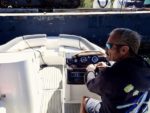
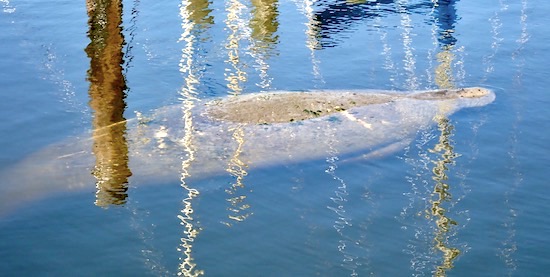

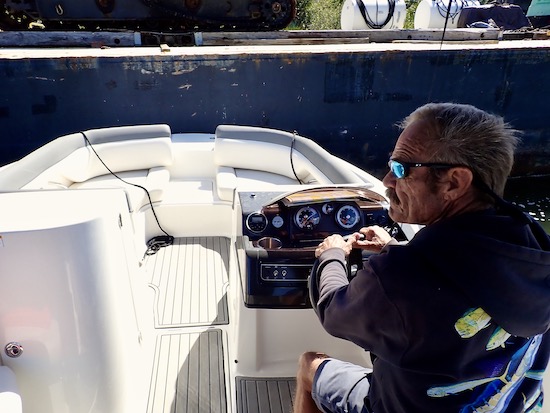
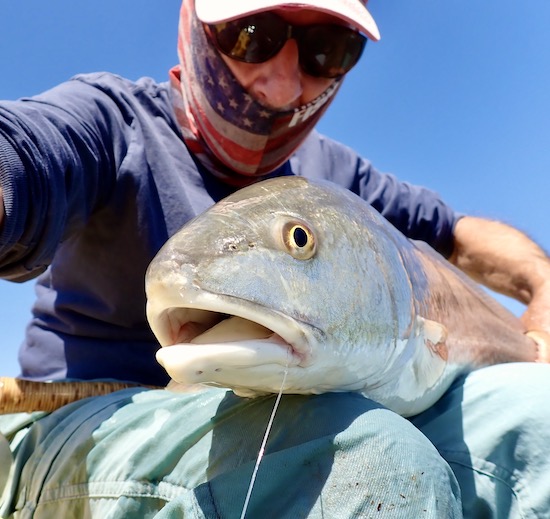
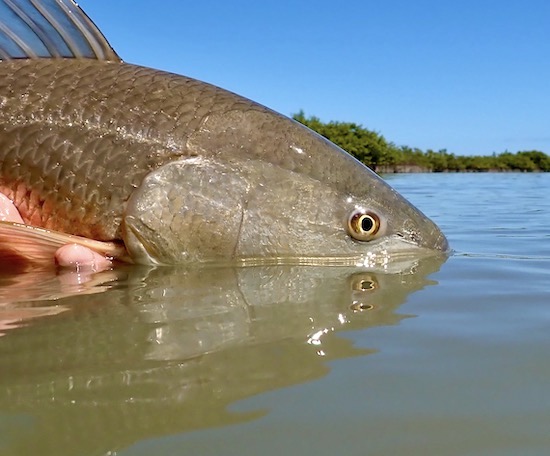

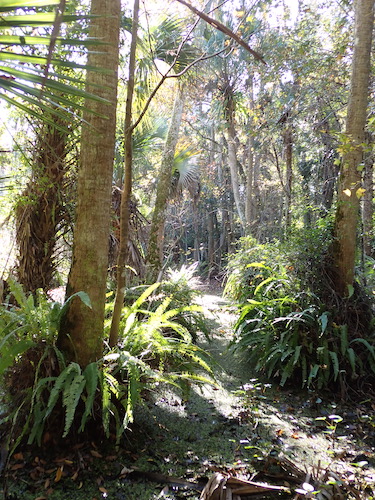


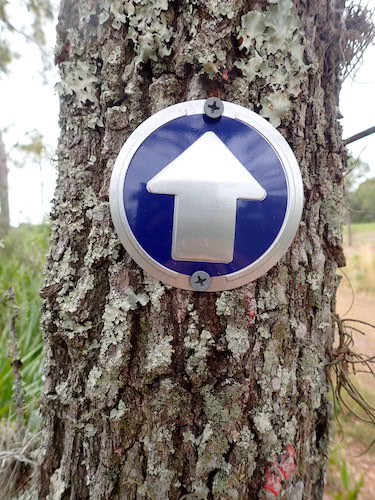

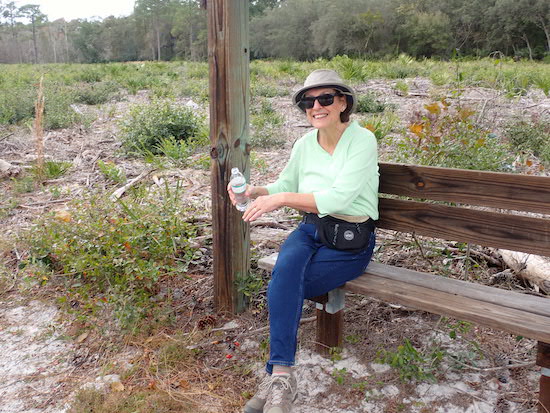


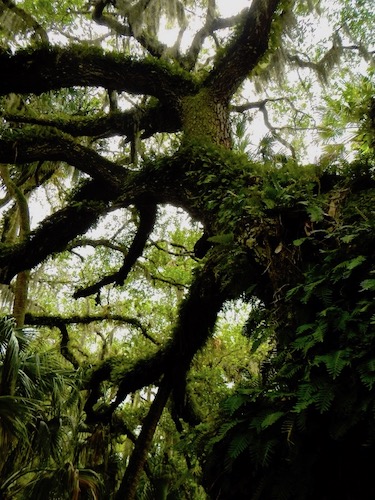
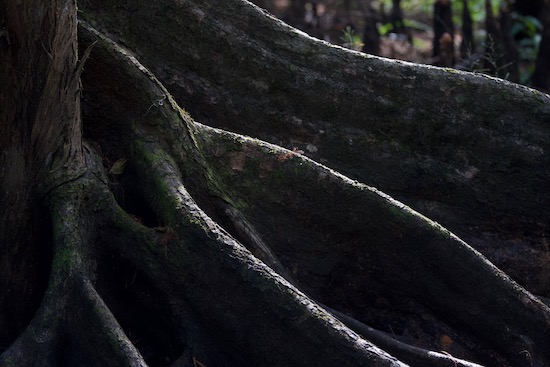

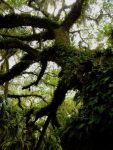
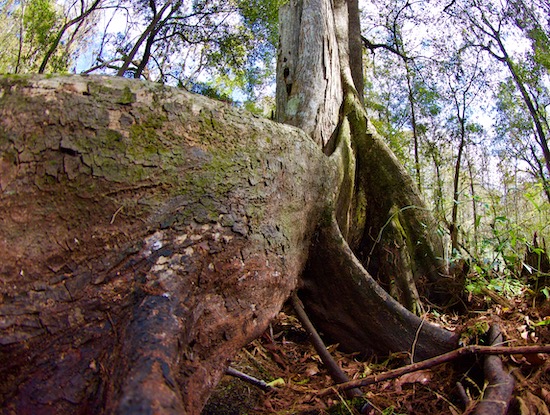
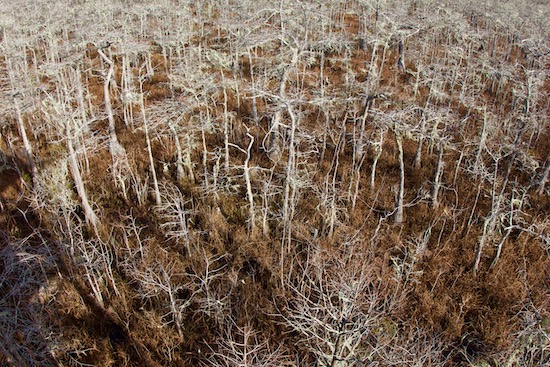

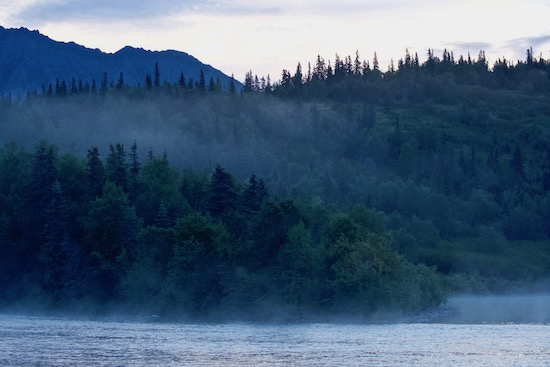
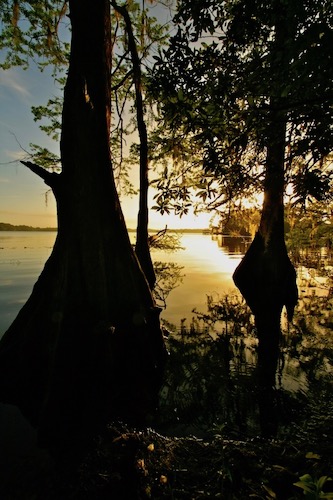
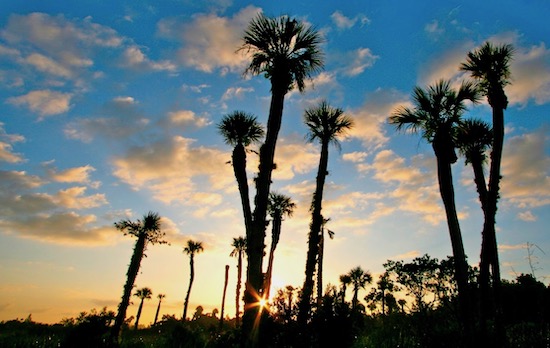

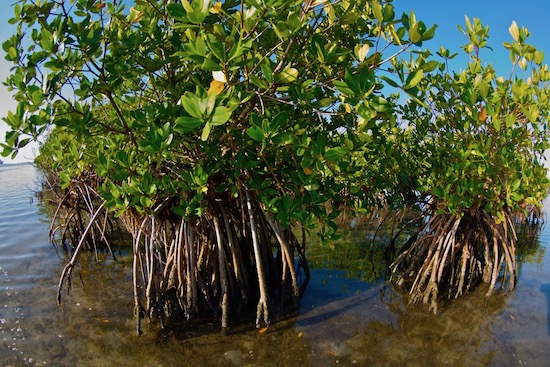
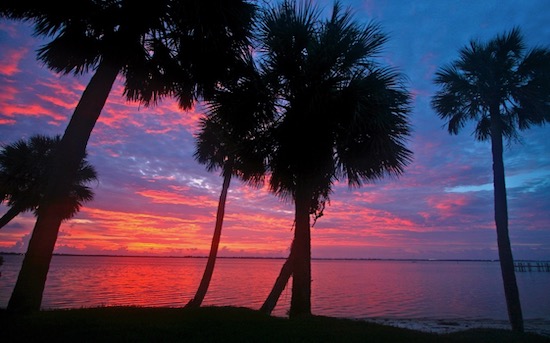

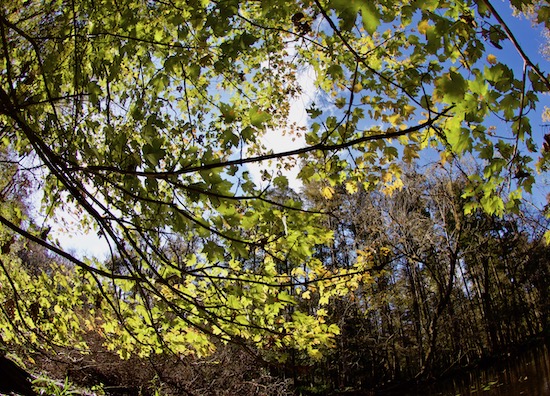

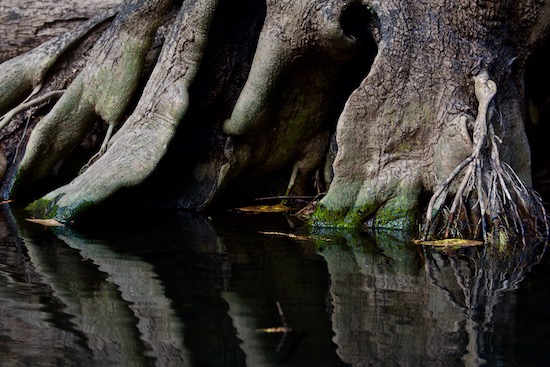
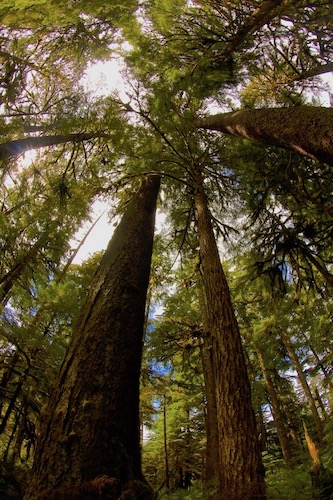


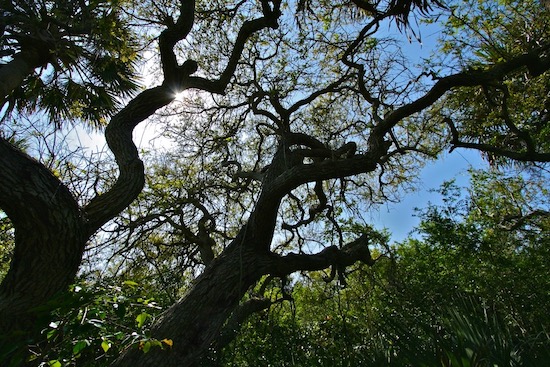
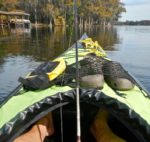
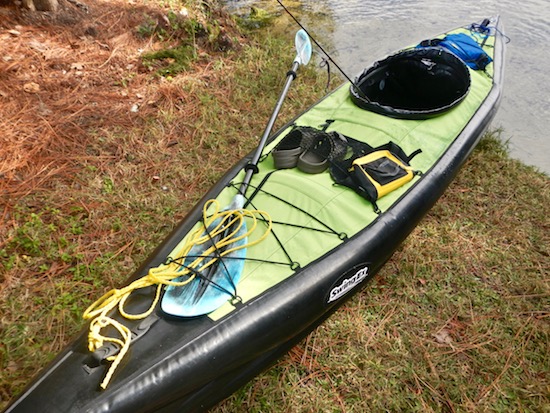
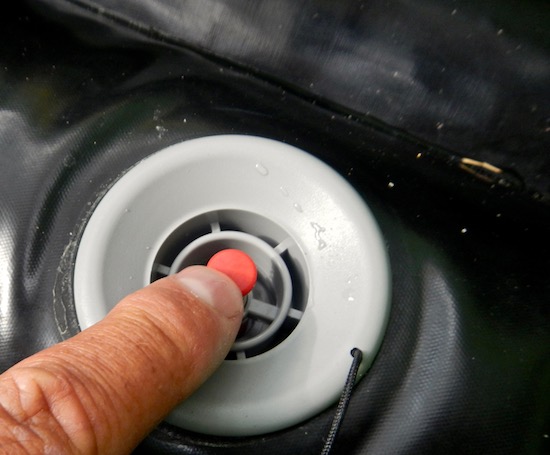
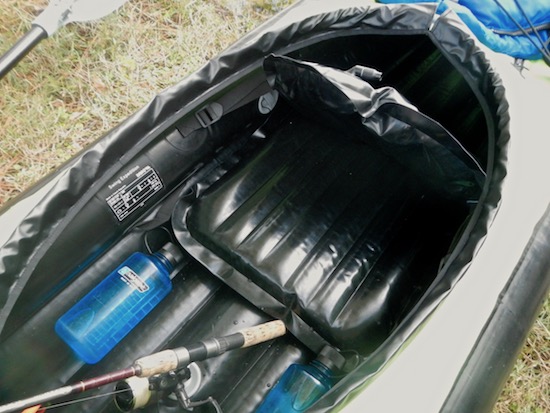
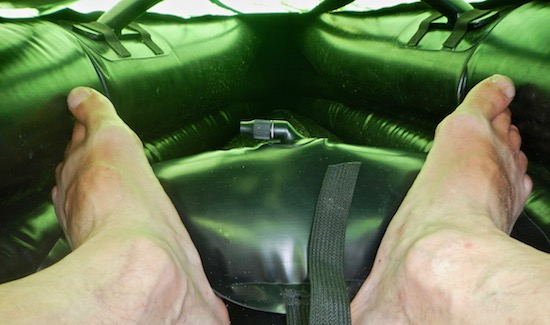
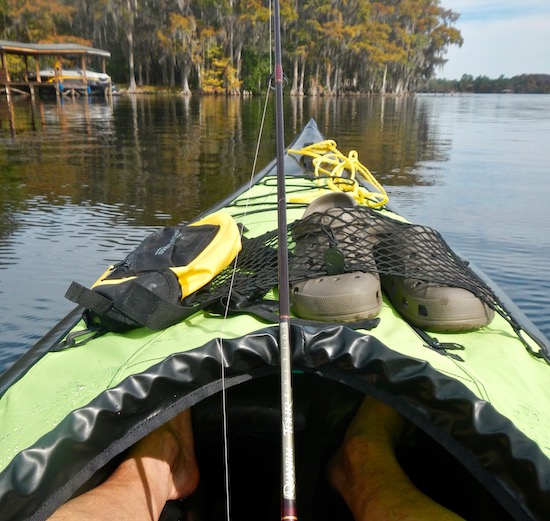
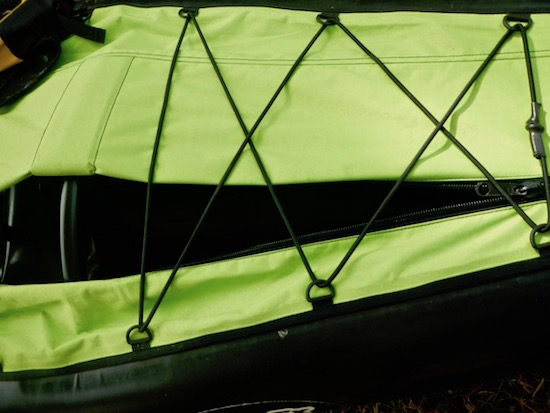
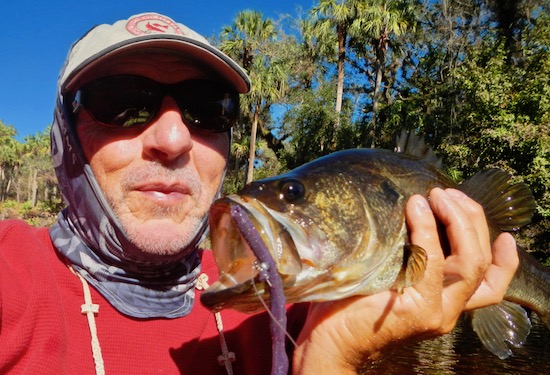
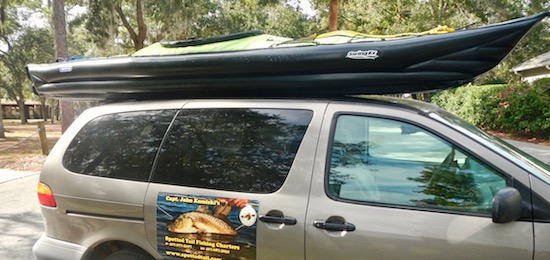
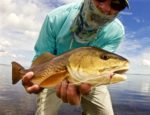
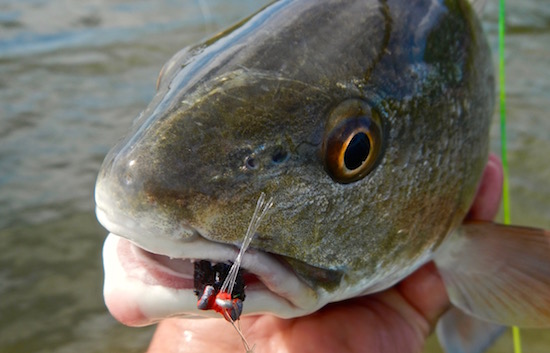
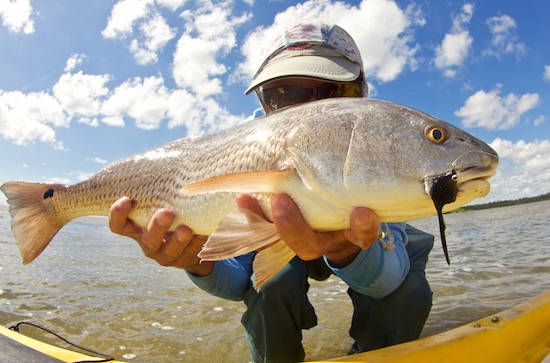
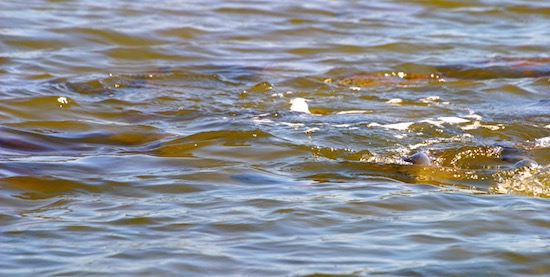

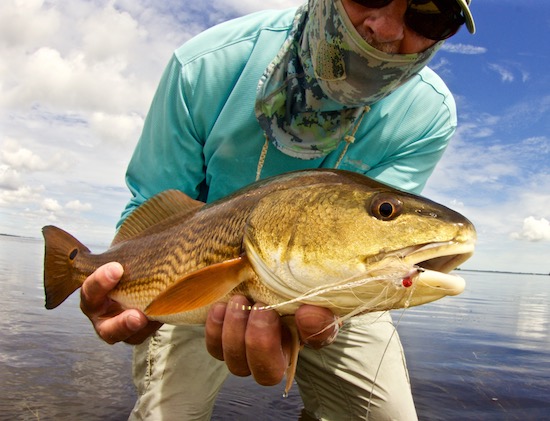
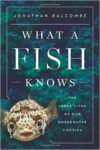
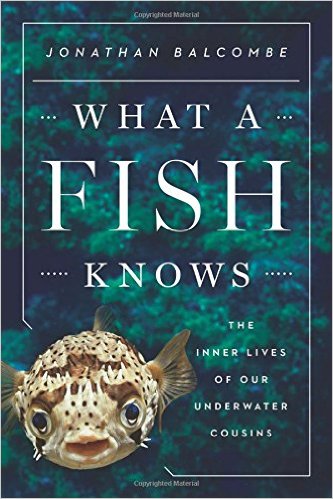

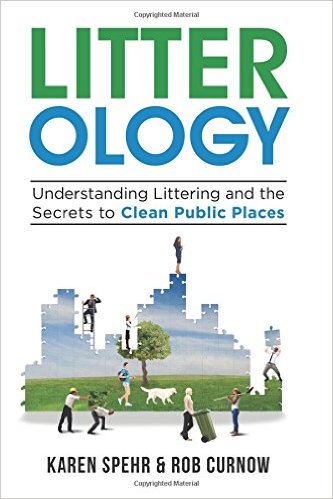

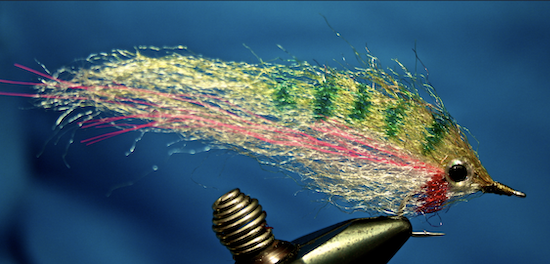
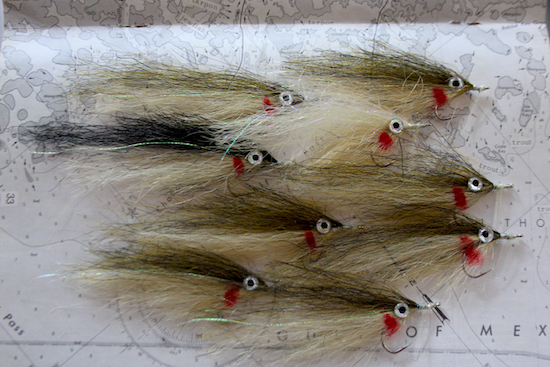
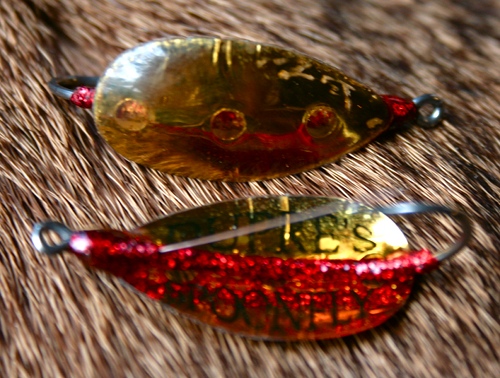
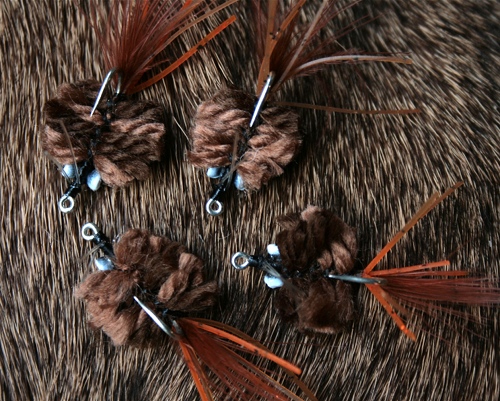
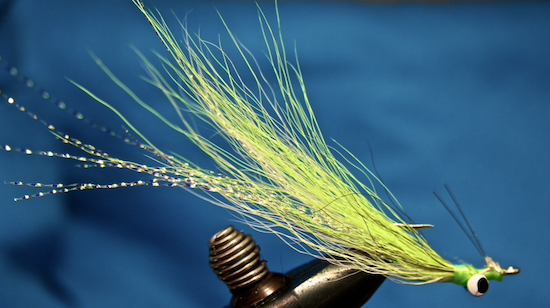
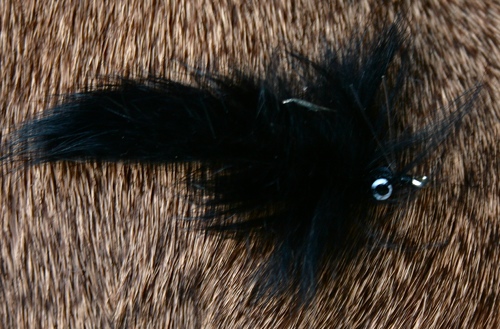

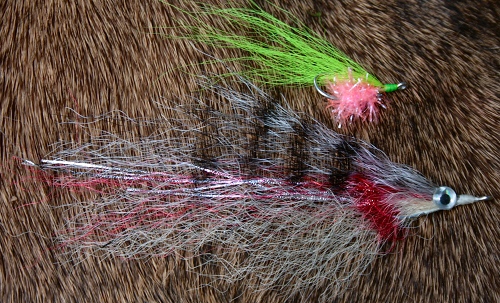
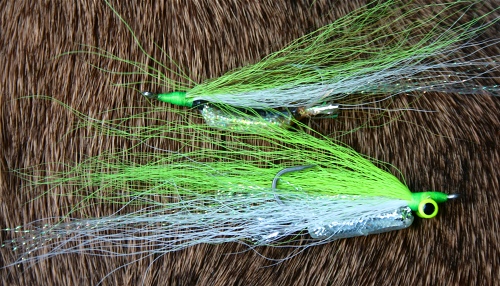
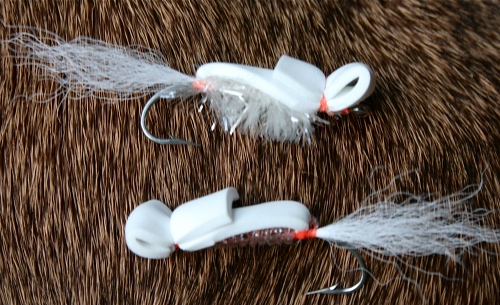
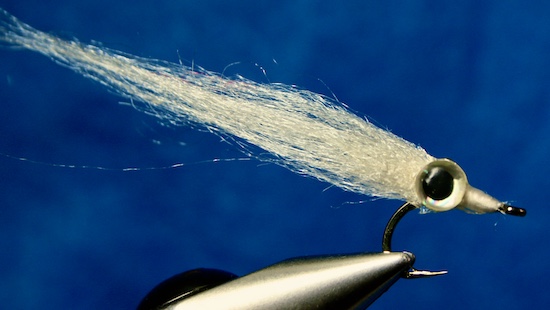
Recent Comments